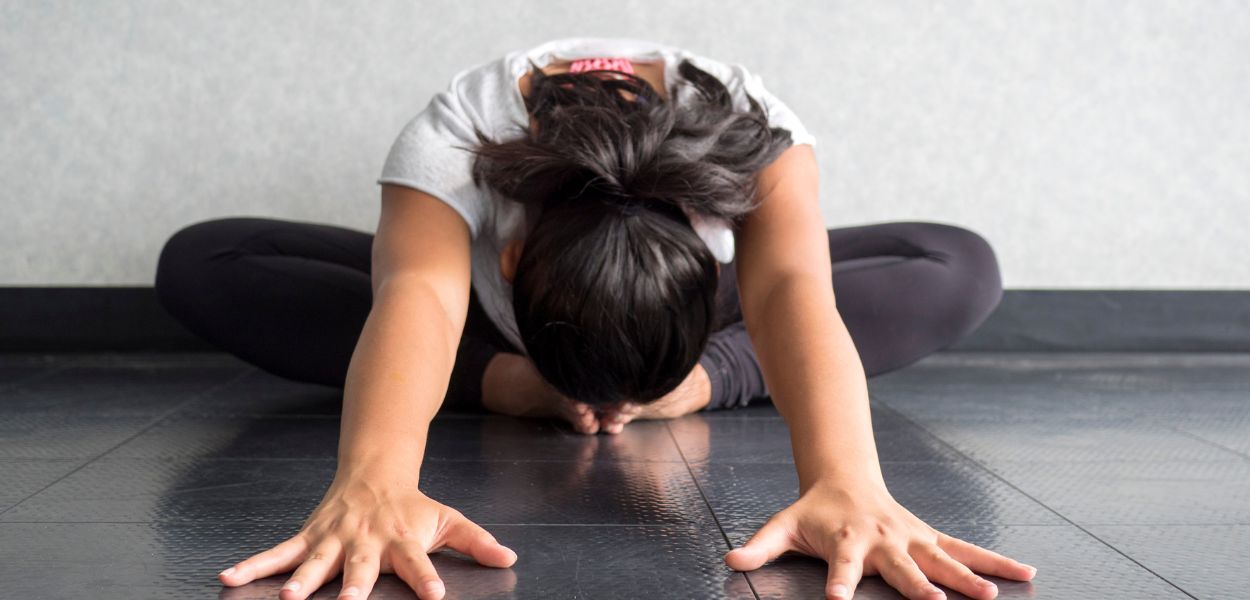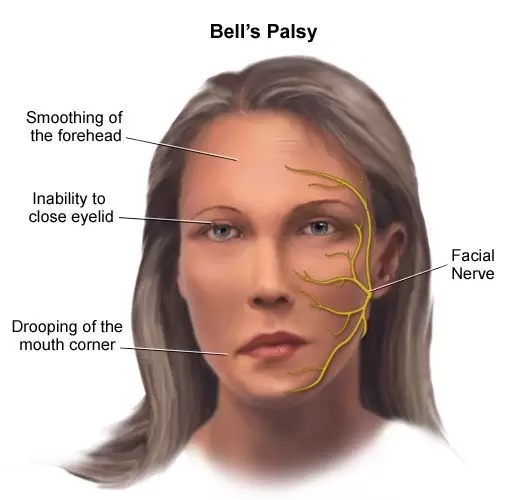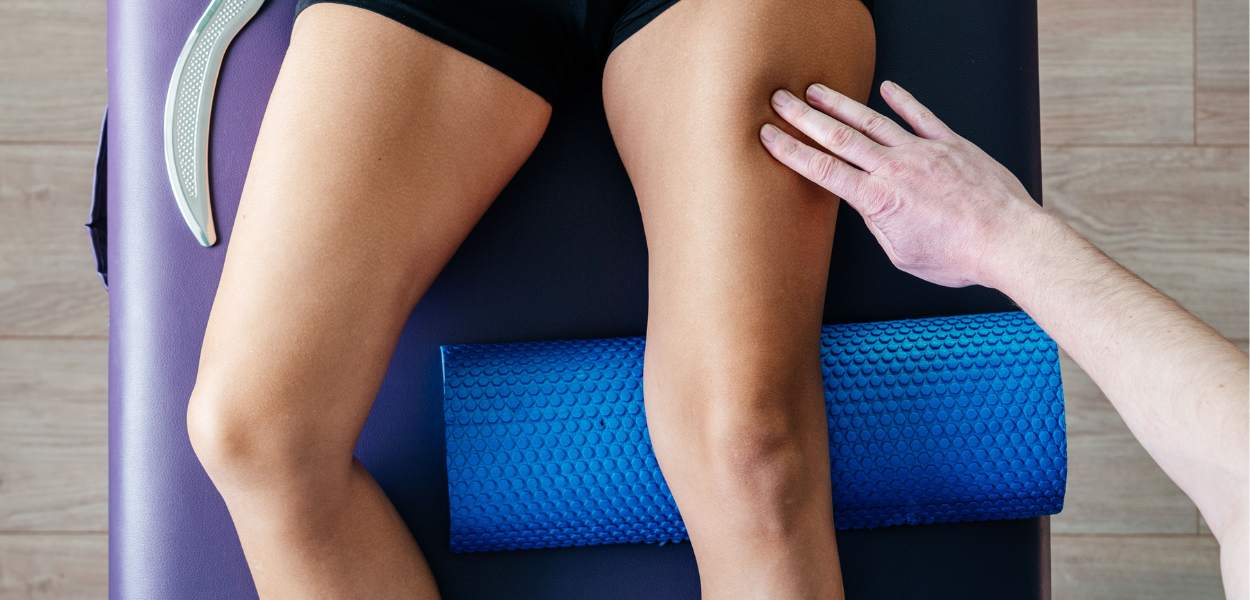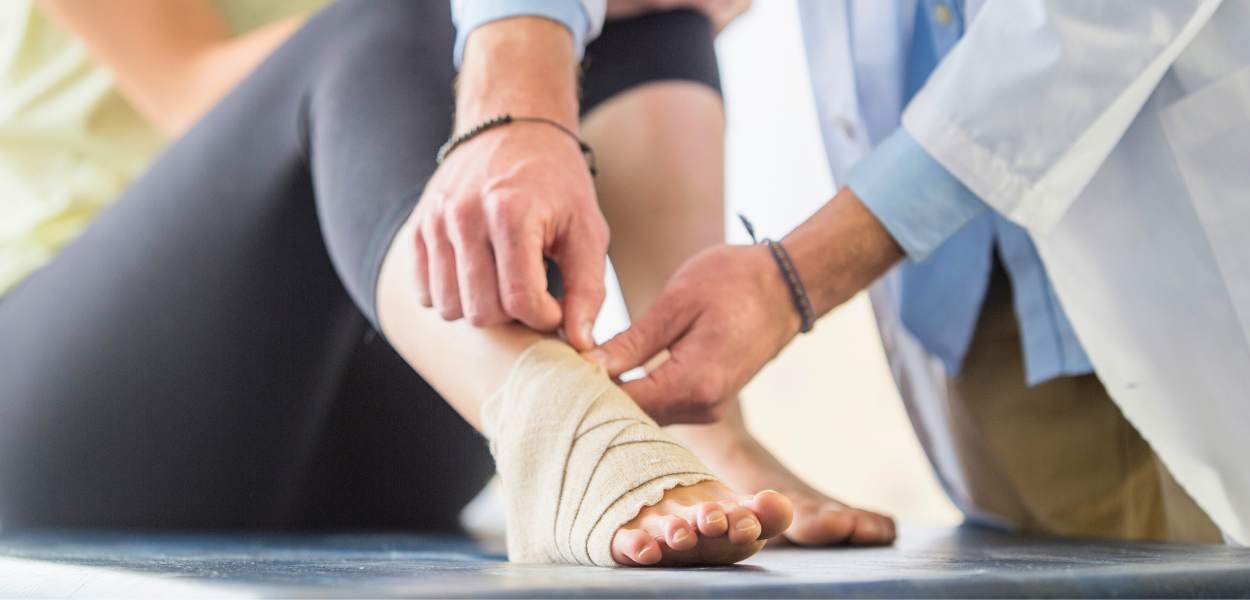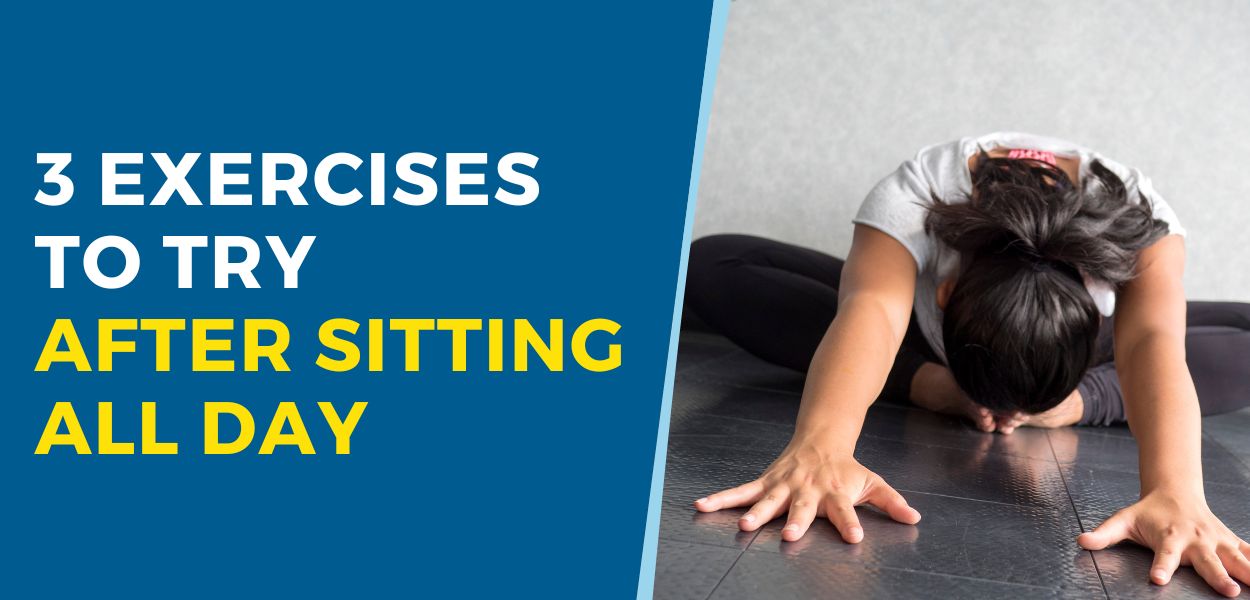
3 Everyday Hip Exercises to Counteract Sitting All Day
Are you spending a significant amount of time sitting at work or at home? If so, you're not alone. In today's modern lifestyle, prolonged sitting has become increasingly common, and its impact on our health is a growing concern.
According to a study published in the Journal of the American Medical Association, it was found that 1 in 4 US adults sit for more than 8 hours per day. In Hong Kong, between 2020 to 2022, the Hong Kong Department of Health concluded that nearly 25% of people aged 18 or above had insufficient physical activity.
This sedentary lifestyle can have detrimental effects on our overall well-being, including increased risk of obesity, cardiovascular disease, and musculoskeletal issues. Lack of exercise also worsens the negative effects of prolonged sitting, leading to muscle imbalances, decreased flexibility, and poor joint health.
It's clear that the combination of excessive sitting and a sedentary lifestyle is a prevalent issue that can significantly impact our overall health and quality of life. But fear not, there are steps you can take to counteract the negative effects of sitting all day and maintain a healthy hip joint. Understanding the importance of the hip joint is a great starting point.
What is the Hip Joint?
The hip joint is a remarkable structure that plays a crucial role in our body's movement and stability. It is made up of a ball-shaped head of the femur (thigh bone) and a socket-shaped acetabulum in the pelvis. This ball and socket structure allows us to move in all three planes of motion: forward and backward (flexion and extension), side to side (abduction and adduction), and rotational (external and internal rotation).
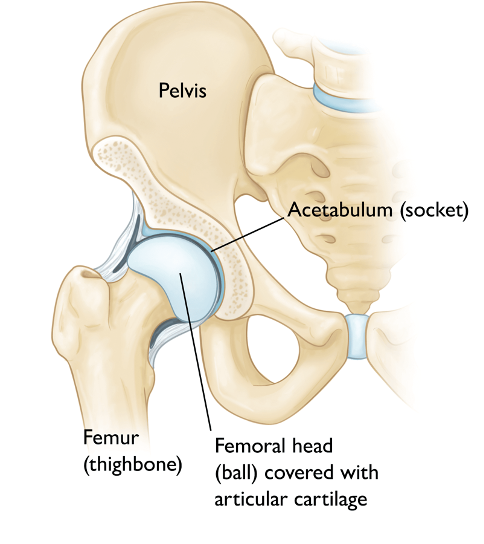
While the hip joint may not be as mobile as the shoulder, it provides essential stability that supports our body's weight in various postures and activities. Whether we're standing, walking, or running, the hip joint is constantly at work, ensuring smooth and coordinated movements.
Understanding the Hip Muscles and Motion
Understanding the muscles and motions of the hip is key to unlocking its full potential. There are several muscles that contribute to the hip's range of motion.
For example, flexion, which is bringing the thigh forward, involves muscles such as the Iliopsoas, Rectus Femoris, Pectineus, and Sartorius.
On the other hand, extension, which is moving the thigh backward, relies on the Gluteus Maximus and Hamstrings.
Abduction, the motion that moves the thigh away from the midline of the body, engages muscles such as the Gluteus Medius, Gluteus Minimus, Piriformis, and Tensor Fasciae Latae (TFL). Adduction, which brings the thigh back towards the midline, involves muscles including the Adductors, Pectineus, and Gracilis.
The hip joint also allows for external rotation (rotation away from the midline) through the action of the Gluteus Maximus and Piriformis, as well as internal rotation (rotation towards the midline) facilitated by the Gluteus Medius, Gluteus Minimus, and Tensor Fasciae Latae (TFL).
By understanding the intricate interplay of these muscles and motions, we can develop targeted exercises to strengthen and maintain the health of our hips, counteracting the negative effects of prolonged sitting.
Summary of the Hip Muscles and Movements
Flexion – Iliopsoas, Rectus Femoris, Pectineus, Sartorius
Extension – Gluteus Maximus, Hamstrings
Abduction – Gluteus Medius, Gluteus Minimus, Piriformis, TFL
Adduction – Adductors, Pectineus, Gracilis
External Rotation – Gluteus Maximus, Piriformis
Internal Rotation – Gluteus Medius, Gluteus Minimus, TFL
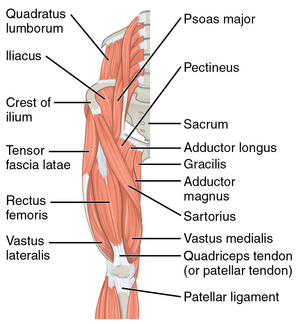
The Top 3 Hip Exercises To Try
By sitting for prolonged periods of time, the hips are unable to perform at their optimum function. Certain muscles like in the front like the hip flexors become short and tightened, and conversely the muscles at the back like the gluteals become long and weak.
As a result of prolonged sitting, an individual may experience low back pain, knee pain, etc. Our physiotherapist Lincoln shares 3 exercises you can try to counteract the negative effects of prolonged sitting.
1. 90/90 Hip Mobility Stretch
This dynamic stretch is one of the most effective ways to target the hip joint. As the hip is a polyaxial joint, the stretch challenges it in all its movements. The ability to rotate efficiently at the hip joint is crucial for overall health.
Instructions:
To get into the 90/90 position, your lead leg should be directly in front of you, bent to approximately 90 degrees. The trail leg should be to the side and also bent to approximately 90 degrees.
When you’re in the position, extend your back slightly. Try to get your belly button to hover over your knee. If you lean forward keeping your chest up high, you’ll get a deep stretch in your gluteal muscle of the lead leg.
Now begin to start shifting your weight from the lead leg in front to the trail leg behind you whilst maintaining a neutral spine
Target muscles: Glutes, Piriformis, Hip flexors (initiation phase)
2. Pigeon Stretch
This next stretch specifically works as a hip opener and forward bend, stretching your thighs, groin, back, piriformis, and psoas. The back/rear leg gets a stretch of the psoas and other hip flexors. The rotators and outer hip are stretched in the front.
Instructions:
Bend one of your knees and bring that leg forward as if you were going to step into a lunge. Instead of placing your foot down as you would for a lunge, bring your right knee to the floor on the outside of your right hand. The right shin may angle back towards the left hip or be more parallel to the front of your mat, depending on your range of motion.
Release your other knee to your mat. Your leg should be flat on the floor. Take a look backward and make sure that your left foot is pointing straight back.
When you feel stable, bring your torso down into a forward bend over your right leg.
Keep hips square and weight balanced equally on both sides as best you can. If this feels too intense, place a block, blanket or towel or under the hip or back knee. Reach your forehead toward the floor.
Come back up, bringing your hands in line with your hips. Repeat the pose on the other side.
Target muscles: Piriformis, Adductors, Hip flexors
3. Fire Hydrants
Instructions:
Get onto your hands and knees. Lift one leg off the floor, moving your knee out to the side and toward the ceiling. Keep your knee bent throughout the movement.
Hold this position for a few seconds, squeezing your gluteal muscles together as you do so.
Make sure you maintain a neutral spine and stable pelvis throughout the movement.
Target muscles: Gluteals, Core muscles, Spinal stabilisers
Benefits of These Hip Exercises
These 3 hip exercises aim to improve the overall mobility and fluidity in the hip joints and keep them active after sitting down for a long period of time. Being able to rotate your hips fully and easily is not only important for many daily activities, including walking, getting dressed, or bending over, but also for sporting activities like running, and weightlifting.
Lack of hips mobility is said to be also linked with generalised lower back pain and a contributing factor of several lower extremity pathologies down the kinetic chain due to its anatomical position.
Disclaimer / Precautions
If you cannot feel any stretch in your hip, try repositioning your legs.
If you are unable to keep your upper body upright while doing the 90/90 swivel stretch, try using a yoga block or rolled towel to aid your positioning. Place it underneath the hip on the side of your front leg until your hips loosen up, or throughout the stretch.
If you feel any pinching or painful sensations while doing any of the exercises, please stop at once so you don’t injure yourself.
If you have recently undergone a total hip replacement, do not attempt this during the first 6 weeks upon discharge.
Need Advice or Treatment? Contact Us Today
At Prohealth Sports & Spinal, our team of qualified physiotherapists are dedicated to providing personalised treatments that cater to your unique needs.
If you're experiencing any discomfort or issues with your hips, it's essential to seek professional guidance and support. Our team of skilled physiotherapists specializes in diagnosing and treating hip-related conditions. We can assess your individual needs, design a tailored treatment plan, and guide you through a series of exercises and therapies to alleviate pain, improve mobility, and enhance your overall hip health.
Don't let sitting all day hinder your well-being. Take the first step towards a healthier hip joint by scheduling an appointment with our experienced physiotherapists today.
You may also book your appointment online through the link below:
For any enquiries, contact us at +852 2530 0073, or email appt@sportsandspinal.hk.
Written by Lincoln Yeung

Lincoln Yeung
BSc Physiotherapy Hons (UK), HCPC
Member of the Chartered Society of Physiotherapy (MCSP)
Registered Physiotherapist
Lincoln is a dedicated and experienced physiotherapist at Prohealth Sports and Spinal Physiotherapy Centres in Hong Kong. He holds a BSc Physiotherapy Hons degree from the UK and is a member of the Chartered Society of Physiotherapy.
With expertise in musculoskeletal conditions, sports injuries, acupuncture, dry needling, and manipulation techniques, Lincoln takes a holistic and adaptable approach to his practice. He draws from both Eastern and Western techniques, aiming for personalised and effective treatment to aid in the speedy recovery of his clients.
Lincoln finds fulfillment in witnessing the positive impact he makes on individuals' rehabilitation journeys, and his passion for healthcare is fueled by his experiences working with disabled individuals and his own sporting background.
References
Centre for Health Protection (2023) Centre for Health Protection, Department of Health – Physical Activity, Physical Activity. Available at: https://www.chp.gov.hk/en/healthtopics/content/25/8804.html
Gold et al. (2022) Anatomy, Bony Pelvis and Lower Limb, Hip Joint. https://www.ncbi.nlm.nih.gov/books/NBK470555/
Teach Me Anatomy (2023) The Hip Joint. Available at: https://teachmeanatomy.info/lower-limb/joints/hip-joint/
Ussery et al. (2018) Joint Prevalence of Sitting Time and Leisure-Time Physical Activity Among US Adults, 2015-2016

